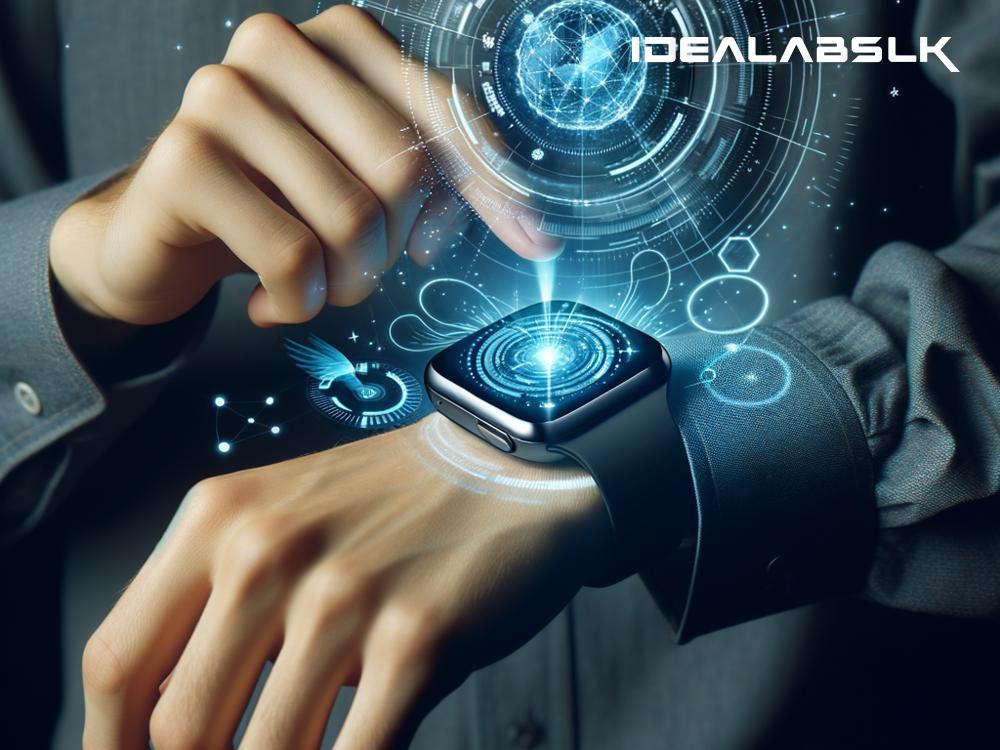Gesture recognition technology is like teaching your gadgets to understand the language of your movements. Imagine waving your hand to pause a video or flicking your wrist to scroll through a web page - it sounds like something from a sci-fi movie, right? Well, thanks to advances in artificial intelligence (AI), this is rapidly becoming reality, especially in the world of wearable technology.
What is Gesture Recognition?
Gesture recognition is all about enabling machines to interpret human gestures and motions as commands. This can range from simple tasks like turning a light on with a clap to more complex interactions, like controlling a drone with a series of hand movements. When this technology is incorporated into wearable devices, such as smartwatches or fitness bands, it paves the way for a hands-free, seamless interaction that feels straight out of the future.
How Does AI Come Into Play?
Artificial Intelligence, or AI, is the brain behind gesture recognition in wearables. It's what allows these devices to not just detect your movements, but to understand them. Here's how it generally works:
-
Data Collection: Initially, the wearable device uses sensors to collect data about your movements. These sensors could be accelerometers (which measure speed), gyroscopes (which measure orientation), or even cameras for visual input. Each flick, twist, or wave of your hand generates a unique pattern of data.
-
Data Interpretation: This is where AI begins to shine. The raw data from the sensors doesn't mean much on its own. AI algorithms, which are essentially complex sets of rules and mathematical models, process this data to distinguish between different gestures. This step requires the AI to be trained on a vast array of gesture data so it can accurately identify them in real-time.
-
Learning and Improvement: One of the coolest things about AI is its ability to learn and get better over time. As you keep using your wearable, the AI algorithms fine-tune their understanding of your unique movements and gestures. This means the device becomes more responsive and accurate the more you use it.
Real-World Applications
Gesture-controlled wearables are not just about looking cool (although they certainly do). They have practical applications that can significantly enhance our interaction with technology:
- Health and Fitness: Imagine your fitness tracker not just logging your workout but also correcting your posture or form in real-time through subtle vibrations or visual cues powered by gesture recognition.
- Accessibility: Gesture recognition in wearables can be a game-changer for individuals with disabilities, allowing for easier communication and control over their environment through simple gestures.
- Gaming and Virtual Reality: Wearable devices with gesture recognition can offer a more immersive and intuitive gaming experience, making you feel truly part of the virtual world.
Challenges and the Future
Despite the promising progress, integrating AI-powered gesture recognition into wearables comes with its set of challenges. These include ensuring privacy, reducing power consumption for longer battery life, and improving the accuracy and responsiveness of the technology. However, with continuous advancements in AI and sensor technology, these challenges are being addressed, paving the way for more sophisticated and seamless interactions.
The future of gesture recognition in wearables is brimming with possibilities. We're looking at not just controlling devices but having wearables that can predict our needs based on our actions or even help in remote healthcare by monitoring and interpreting patient gestures related to discomfort or pain.
Conclusion
AI's role in advancing gesture recognition for wearables is transforming the way we interact with technology, making it more intuitive, accessible, and fun. As this technology evolves, it promises to further blur the lines between the digital and physical worlds, creating a future where our gadgets understand us just a little better. Whether you're a tech enthusiast or just someone who loves the idea of controlling technology with a flick of your wrist, the advancements in gesture recognition are sure to excite you. The journey of AI in making wearables more responsive and intelligent is just beginning, and it's a space worth watching!
With each wave, tap, or twist, we're not just communicating with our devices; we're shaping the future of wearable technology. So, the next time you use a gesture to interact with your wearable, remember, you're part of this incredible journey forward in human-machine interaction.

